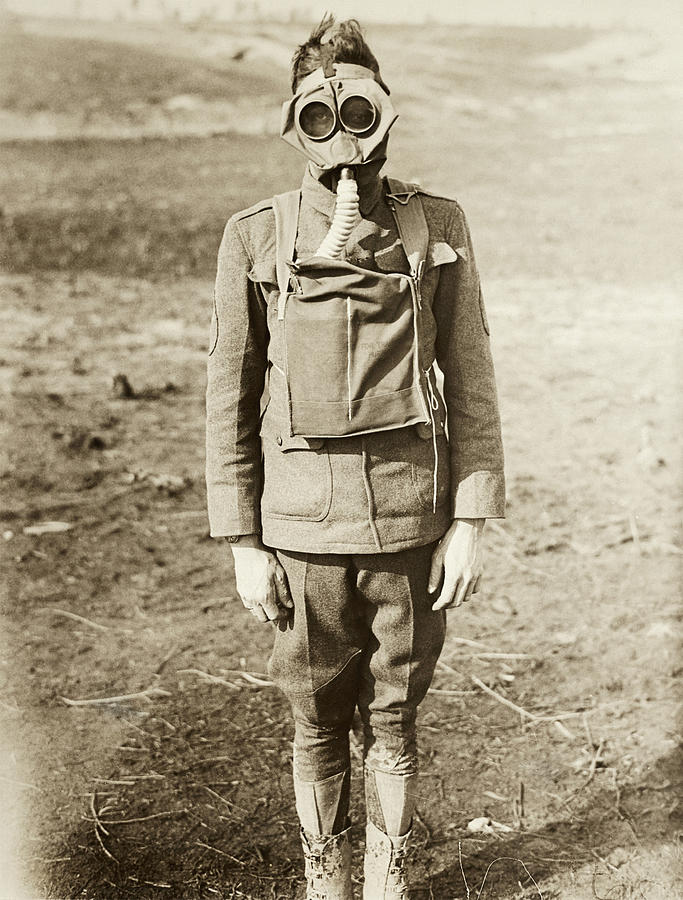

This property meant that troops who stayed at their posts during a chlorine attack suffered less than those who ran away, as movement worsened the effects of the gas, while those who stood up on the firing step often escaped any serious effects at all. As it is an element, rather than a complex chemical compound, it is relatively easy and cheap to manufacture, although, unfortunately for the purposes of chemical warfare, it is heavier than air. The three most commonly used gases were chlorine, phosgene and mustard gas chlorine and phosgene were found to be more effective when delivered as a mixture.Ĭhlorine (Chemical symbol: CL2): Chlorine is a yellowish-green gas at room temperature (15-20☌) and even short periods of exposure can cause permanent damage to the eyes, nasal tissues, throat and lungs, often resulting in a painful death, the chlorine probably combining with moisture in the lungs to form hydrochloric acid. Poison gases: Much more dangerous than the tear gases, these substances were released with the intention of producing a lethal effect on any troops who encountered them.

The use of tear gas was limited, except in the early years, and these substances are usually considered to be debilitating rather than lethal agents, although most will cause death by asphyxiation, if a victim is exposed for long enough.
#POISON GAS MASK WW1 SKIN#
Tear gasses: As the name suggests, the initial effect of gases in this class is to produce severe eye irritation, although prolonged exposure also causes respiratory and skin irritation, vomiting and eventually blindness. Gases used during WWI were of two main types: those designed only to debilitate the enemy, such as the various forms of tear gas and mustard gas in low concentrations, and a much more commonly used collection which were employed to kill, such as chlorine and phosgene. They were used by the Chinese, Greeks and Romans as poisons or lethal gases, although it was during the Great War that they were first employed on a large scale and consequently reached a final, sickeningly effective hiatus.


 0 kommentar(er)
0 kommentar(er)
